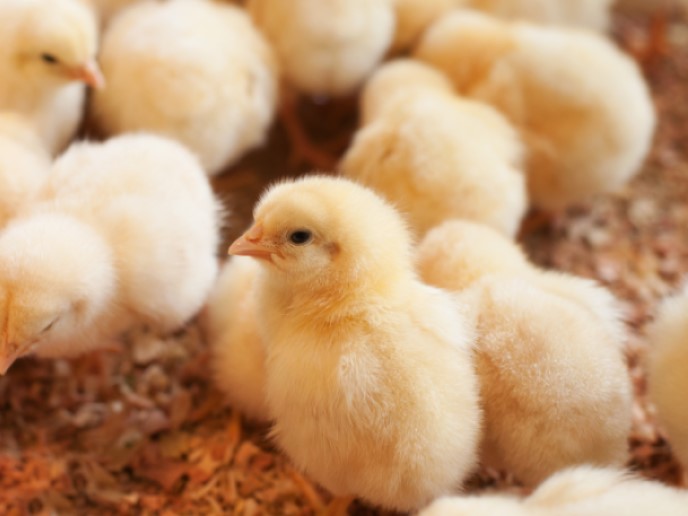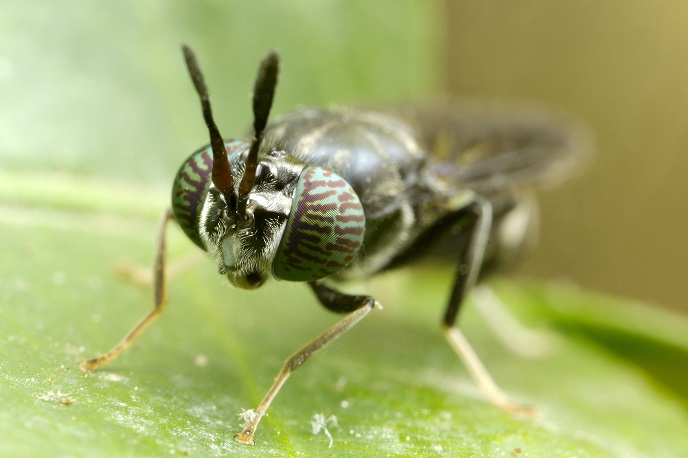Counting your chickens before they hatch
The food industry depends on two different breeds of chicken – broilers for meat and layers for eggs. “But male chickens cannot lay eggs and are too scrawny for the poultry market,” explains Yehuda Elram, cofounder and CEO of eggXYt(opens in new window) in Israel, whose grandparents were egg farmers. He notes that an estimated 7 billion male chicks – 50 % of all hatchlings – are destroyed worldwide each year. Puncturing an egg to squeeze out genetic material for testing is expensive and exposes the egg to contamination, but the eggXYt project has developed a way to use cutting-edge CRISPR gene-editing technology to add a genetic biomarker to the male chromosome of embryos inside an egg. The male eggs glow when they go through a scanner specially developed by the eggXYt team.
Creating a ‘supermum’ chicken
“We needed to create a new ‘supermum’ chicken, which will be bred and multiplied,” says Elram. These chickens will then lay eggs whose male embryos carry the biomarker. Eliran Kadosh, eggXYt head of research, explains: “We use CRISPR in order to cleave the DNA of the chicken in a specific desired location on the genome. This doesn’t alter the normal expression of other genes, which could harm the development, well-being, viability or fertility of the chicken. But it does enable the efficient expression of the red fluorescent protein that we want to incorporate.” This was challenging. Chicken primordial germ cells are sensitive and require unique laboratory conditions to thrive. Extracting and growing them is complex, according to Kadosh. “But we managed to successfully manipulate them with a desired genetic modification to make them sex-detectable.”
Scanner developed in tandem
The team developed the scanning technology from scratch while they worked on producing the gene-edited chicken. It involved testing different aspects, including the light source, angle and strength and the temperature of the egg, says Kadosh. The scanner identifies male embryos inside the egg by detecting the wavelength from the fluorescent genetic marker that indicates a Z male chromosome. “It was difficult to design the scanner without knowing what data had to be detected,” says Kadosh, who explained how the team had to find a way to mimic and evaluate the expected signal from a gene-edited cell. They found that the autofluorescent signal varies between eggs. “Nevertheless, most eggs lie in a distinguishable region which can allow discrimination between marked (male) eggs and unmarked (female) eggs with high confidence,” Kadosh notes.
Repurposing unincubated male eggs
The female chickens reache the market untouched, Elram emphasises. “We haven’t intervened in the genetics of the females, but all of the male-containing eggs receive a Z chromosome from the marked ‘mother’ chicken.” The unincubated male eggs can hopefully be repurposed and used in other industries, such as the cosmetics industry, which uses eggs as a chemical ingredient. This will save on incubation, carbon emissions, sexing and culling costs; the industry employs highly trained ‘sexers’ to identify the male chicks. “It addresses a lot of the animal welfare issues stemming from creating animals that you don’t need,” Elram concludes.







